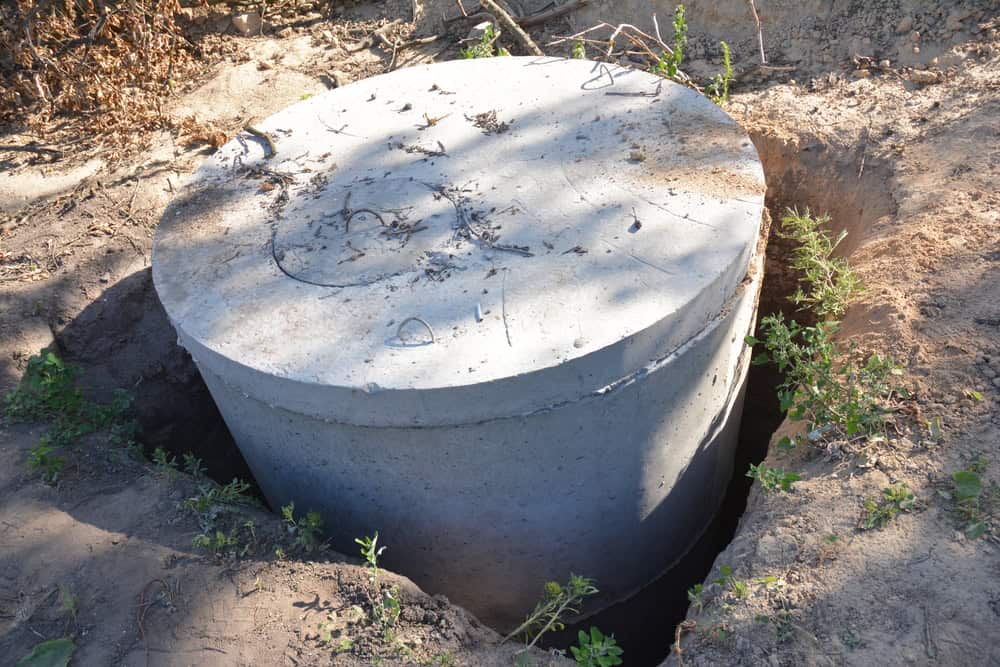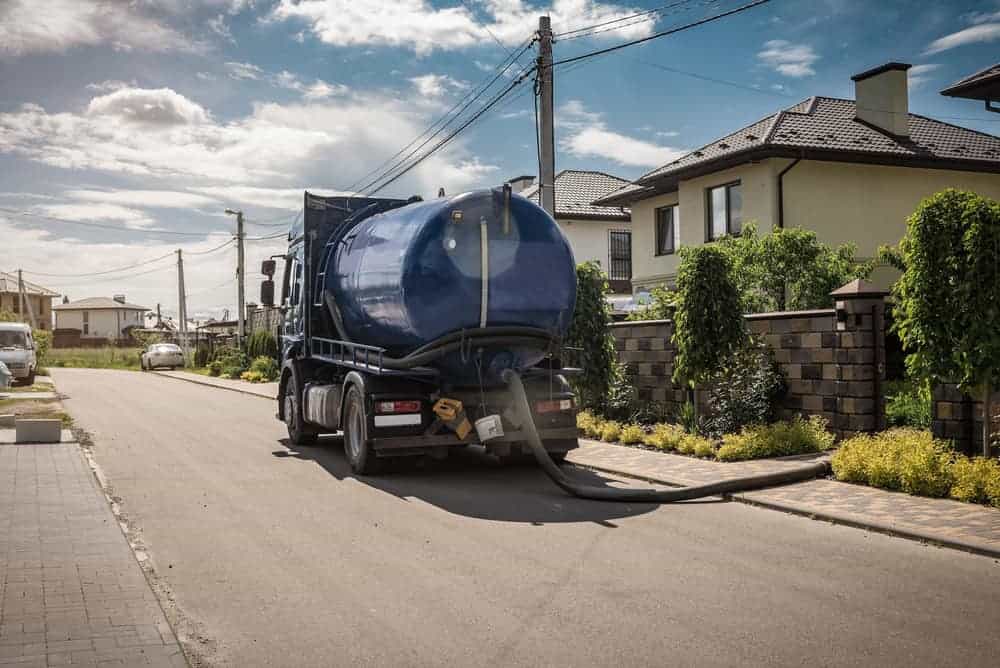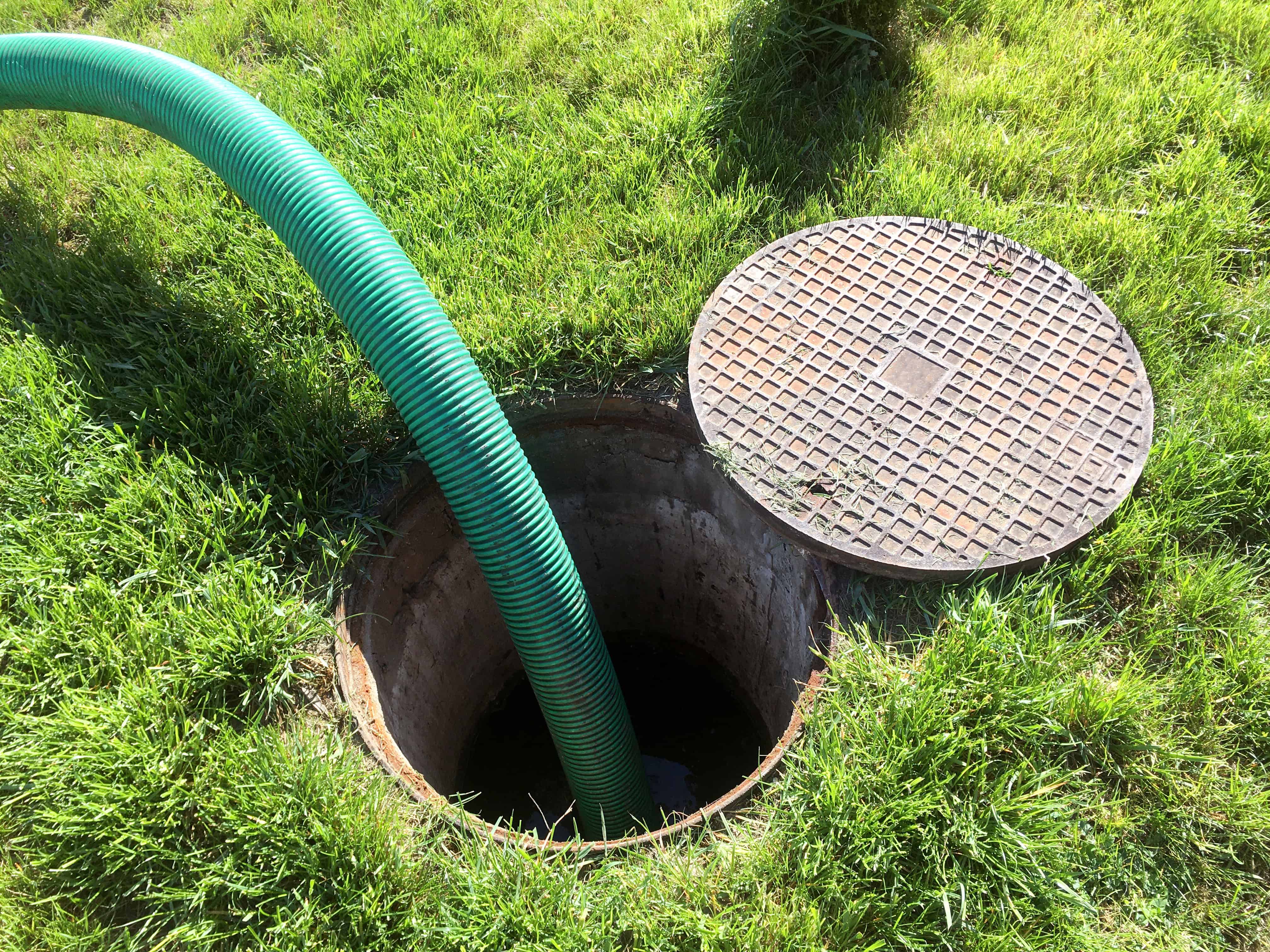Summary:
The Hidden Damage That Starts Immediately
When you skip septic tank cleaning, problems don’t wait for a convenient time to appear. Solids build up within the septic tank and eventually push through into the leaching cesspool, clogging sand bottoms and permanently destroying drainage. Think of your septic system like a carefully balanced ecosystem—when one part fails, everything else follows.
When owners don’t clean septic tanks often enough, too many solids clog the biomat layer where sewage meets soil. Once this happens, liquids can’t pass through, meaning your septic system will fail with untreated water coming to the surface or backing up into your home. This isn’t a gradual process that gives you warning signs—it can happen suddenly and without notice.
Why Long Island Soil Makes the Problem Worse
Nassau County’s clay-heavy soils process waste differently than sandy areas, affecting how often your tank needs pumping, with most homes requiring service every 3-4 years. This unique soil composition means Long Island homeowners can’t rely on general maintenance guidelines from other regions.
The clay-heavy soil that’s common throughout Nassau and Suffolk counties doesn’t absorb wastewater as efficiently as other soil types. When your septic tank is overloaded with solids, this poor absorption becomes a serious problem. Warning signals like slow drains throughout the house, gurgling sounds from toilets, or sewage odors near your tank area indicate solids are backing up into your drain field, requiring immediate attention.
What makes this particularly challenging for Long Island homeowners is that conventional septic systems only function as designed when there’s enough distance between the leaching pit and groundwater, but in low-lying coastal areas, systems are commonly considered “failing” when groundwater comes close to the leaching pit, and many systems can fail at once during rain or storm surges. This means your postponed maintenance could coincide with weather events, creating a perfect storm of septic system failure.
The environmental impact extends beyond your property. Traditional Long Island cesspools and septic systems aren’t designed to keep reactive nitrogen from entering groundwater aquifers, and as wastewater flows through ground, nitrogen converts to nitrate, which travels through groundwater until it reaches surface waters or drinking water wells. This affects not just your family but your entire community’s water supply.
The Real Cost of Emergency Repairs vs. Preventive Maintenance
Here’s where skipping maintenance really hits your wallet. Regular septic system maintenance fees of $250 to $500 every three to five years is a bargain compared to repairing or replacing a malfunctioning system, which can cost between $5,000 and $15,000 for a conventional system. Alternative systems cost even more.
Emergency pumping typically costs 40-60% more than scheduled service, but that’s just the beginning. When your system fails completely, you’re looking at much more than just pumping costs. Neglected septic systems often lead to premature failure, resulting in repair bills that can quickly escalate, sometimes exceeding $5,000 to $10,000 for major issues like drain field replacement.
The financial impact doesn’t stop there. An unusable septic system or one in disrepair will lower your property value and potentially pose a costly legal liability. For Long Island homeowners where property values are already significant, this represents a substantial financial risk that far exceeds the cost of regular maintenance.
Consider this: the average cost to pump a septic tank is $424, with most homeowners paying between $290 and $560, and staying on top of pumping every three to five years keeps your system running smoothly and prevents unsightly and smelly messes in your yard. Compare that to the thousands you’ll spend on emergency repairs, and the choice becomes clear.
Health and Safety Risks You Can't Ignore
Beyond the financial implications, skipping septic tank cleaning creates serious health risks for your family and community. Household wastewater contains disease-causing bacteria and viruses and high levels of nitrogen and phosphorus, but if a septic system is well-maintained and working properly, it will remove most of these pollutants.
When maintenance is neglected, these protective systems break down. Failing septic systems release pathogens that are a direct threat to human health, in addition to nitrogen pollution. This isn’t a theoretical risk—it’s a documented health hazard that affects Long Island communities.
How Contamination Spreads Through Long Island's Water System
Groundwater passes to your neighbors’ yards, to creeks, to streams, into Long Island Sound and the Atlantic Ocean. This means your neglected septic system doesn’t just affect your property—it impacts the entire regional water system that millions of people depend on.
The main cause of harmful algal blooms was discovered to be nitrogen pollution from untreated sewage, specifically on-site cesspools and septic systems throughout Long Island’s first suburbs, threatening the only drinking water source for three million Long Islanders, with nitrogen and other pollutants leaking into ground and ultimately flowing to creeks and bays for decades.
The contamination process happens gradually but persistently. Conventional septic systems and cesspools aren’t designed to remove nitrogen, so nitrogen in sewage easily seeps into ground, then to groundwater, and ultimately to bays and harbors where excess nitrogen can lead to algae blooms, some of which are toxic to humans, and when these blooms die off, they can deplete the bay of oxygen needed by fish and other marine life.
This environmental damage has real consequences for Long Island residents. Excess nitrogen can lead to loss of wetland marshes as their roots become too shallow to withstand storms and other disturbance, and since these wetlands protect Long Island’s shorelines from storms, serve as a natural filter for stormwater, and provide habitat for marine life, their destruction can cause significant negative impacts.
Warning Signs That Damage Has Already Started
Common signs include slow drains, gurgling sounds, unpleasant odors, and any pooling water or sewage backup on your property. But by the time you notice these symptoms, significant damage may have already occurred.
Signs you’re overdue include slow drains throughout the house, gurgling sounds from toilets, or sewage odors near your tank area, and these warning signals indicate solids are backing up into your drain field, requiring immediate attention. Don’t mistake these for minor inconveniences—they’re emergency signals from your septic system.
Look for pooling water or persistently soggy spots on the ground near your tank or drain field, as this could indicate your drain field is saturated and failing to absorb wastewater correctly. This visible sign often means the damage has progressed beyond simple pumping and may require expensive drain field repairs.
The challenge for Long Island homeowners is that small septic system issues often go unnoticed until they develop into substantial, unpleasant, and costly problems, and ignoring early warning signs means you might face a system backup when you least expect it, potentially costing hundreds or even thousands in emergency cesspool repair or septic repair fees.
Why Regular Maintenance Is Your Best Investment
Regular maintenance is the best method to prevent septic system failure, including inspecting the entire system every 1 to 3 years and pumping the tank every 3 to 5 years. For Long Island homeowners, this isn’t just recommended—it’s essential protection for your property investment.
Septic system maintenance is not complicated and doesn’t need to be expensive, coming down to four key elements: inspect and pump frequently, use water efficiently, properly dispose of waste, and maintain your drainfield. The peace of mind alone is worth the investment.
When you need reliable septic tank cleaning and maintenance services, we provide the expertise and dependable service that Long Island homeowners have trusted for nearly two decades. Don’t wait for warning signs—schedule your maintenance today and protect your home from costly system failures.




